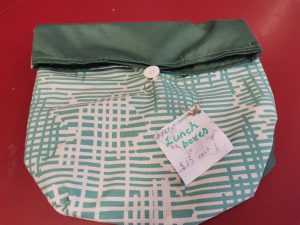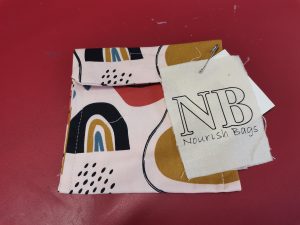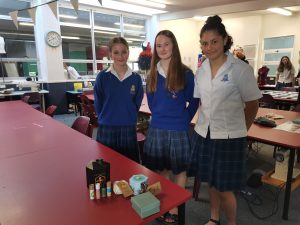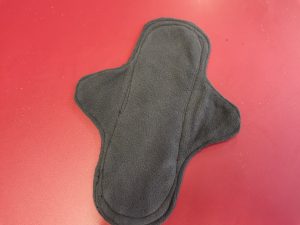Whanganui Girls’ College students have undertaken many projects over the last 2 years. With the help from a dedicated lead teacher and amazing support staff, the school managed to set up a vegetable garden for production of crops all year round. This has included kūmara for making chips, fruit trees to share, bird houses to encourage biodiversity, a worm farm, and making marmalade from excess grapefruit from a local tree to share with the school community for a gold coin donation.
They have been actively involved with the community by hosting the Whanganui Environmental Education Expo in October, where other schools and organisations gathered together to learn about sustainability with hands on workshops. Another project they participated in was Sustainable Coastlines Litter Intelligence, where students conducted a beach litter survey every three months at Castlecliff Beach and received a statistical analysis of the data each time.
One of the biggest achievements within this secondary school has been the number of teachers that have taken on the heart of the Enviroschools kaupapa and woven the Enviroschools Guiding Principles throughout their lessons.
Student art portfolios showcased their years’ work of art, based around biodiversity and sustainability. One student’s work highlights research of the topic of plastic and how it influences ocean biodiversity. The artwork follows a journey from healthy ocean species and their habitat to the affect of plastic bags on marine species. The work shows a human hand in each picture depicting the human role in destruction of the marine life. The final piece is a timely reminder that we are slowly running out of time, and we do have a hand in this, but we could also tip this hourglass to have a different outcome by making changes.

Students made reusable lunch boxes to be sold at school as an alternative to plastic.

Nourish Bags for school lunches.
Another student chose a powerful display of species in their environments, again using the concept of time with each species blinded by human hands with a stopwatch depicting that it’s only a matter of time before species are no longer available to see within their environments.

Students proudly display their products made in technology classes.
Samantha Overweel, the textiles teacher, involved students in at a variety of projects this year that focused on sustainable products. Students undertook market research to see what products. They also looked at opportunities to create products using sustainable ingredients and packaging. They looked at where ingredients came from and how they were sourced.
This year the production was aimed at lip balms, soaps and bath bombs which involved working in teams to create a product that would be utilised by the students. Testing of fragrance preferences was undertaken to ensure the correct target market before sourcing of materials and packaging and involved a lot of collaboration between teams to complete the final product.
Students remarked that some of the products worked and they would buy these in the future if available, knowing they were made from sustainable ingredients and were better for the environment. There reflected on their products and recognised there were improvements they could make next time.
Other students looked at everyday needs of students and opted to make reusable lunch bags that were available for sale.
Students were asked to work on a project this year which represented empowering women. They created a mural of words that each student felt represented themselves, all made from recycled denim.

Reusable pads made by students as a way to help combat period poverty. These were donated to womens refuge.
Teacher, Samantha, raised the important issue of period poverty within the community and the lack of access to menstrual products. It was understood this led to low school attendance during mensuration and concerns for students unable to afford pads and tampons. To help combat this, students made disposable pads, sourcing the appropriate material to ensure long lasting use. These were donated to the women’s refuge.
Next steps the students and teachers at Wanganui Girls’ College have identified are for the Envirogroup to present to the entire school, to spread awareness of the Enviroschools kaupapa, the progress so far, the plans for the future and looking to get more students involved on the journey. They will also look to implement clothing swap days and deeper learning for local kūmara traditions on their journey to silver.
Banner image: products made by the technology students.